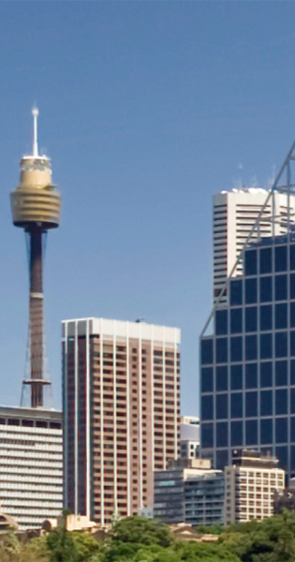Tactical Asset Allocation (TAA) – 1 to 3 years
(TAA) are often referred to as Investment Tilts (tilts) and are a re-weighting of the SAA asset allocation weights either at the asset class level or within the asset class. The TAA tilts are considered in response to market trends or opportunities that may be unfolding. These may relate to a Global event, such as the Global Financial Crisis (GFC) or a market opportunity, such as the Resource Boom in Australia. TAA tilts are implemented to take “risk off” or add “risk on” to a client’s portfolio. TAA exposures are often tilted either underweight or overweight from the SAA weights with the more constrained portfolios having a maximum TAA tilt of 10% in any one asset class. It is also constrained to a maximum TAA tilt of 10% between growth and defensive assets to maintain the integrity of the client’s investment risk profile. This tends to be an industry-based approach to protect the AFSL licensee against litigation because of underperformance against the agreed investment risk profile of the client. Example – The Risk Off trade Clients are concerned about the GFC share market volatility and the diminished valuations of their portfolios and wish to de-risk their growth assets and adopt a more conservative portfolio approach. They do not wish to change their Risk Profile as a High Growth investor but simply want to tweak the portfolio away from the asset class most at risk towards some more defensive assets. The following is an example of such a tilt:
| Asset Allocation | SAA | TAA tilt | TAA Portfolio |
| GROWTH ASSETS | |||
| Australian Shares | 40% | (10%) | 30% |
| Global Shares | 30% | (10%) | 20% |
| Australian Property | 5% | 0% | 5% |
| Global Property | 5% | 0% | 5% |
| Alternative Growth Assets | 0% | 10% | 10% |
| Sub-Total Growth Assets | 80% | (10%) | 70% |
| DEFENSIVE ASSETS | |||
| Australian Fixed Interest | 10% | 10% | 20% |
| Global Fixed Interest | 10% | 0% | 10% |
| Alternative Defensive assets | 0% | 0% | 0% |
| Sub-Total Defensive Assets | 20% | 10% | 30% |
| TOTAL PORTFOLIO | 100% | 0% | 100% |
The portfolio SAA weights are changed to reflect the TAA tilt resulting in a re-weighting downwards of the Growth Assets and an offsetting increase in the Defensive Assets. The Growth / Defensive split has been altered from 80/20 to 70/30 reflecting the preference to take some share risk ‘off the table’. The re-weighting of the growth assets internally (20% away from shares with a 10% tilt towards Alternative Growth Assets) is another way of de-risking the growth assets by choosing an alternative such as Commodity exposure (Gold, Oil, Iron Ore) or Infrastructure assets that have a low correlation to the Australian and Global share markets. When making changes to the internal mix of growth assets it is preferred to gain an alternative exposure that still retains the growth expectations and income mix that say the shares have historically provided to maintain the return expectations of the client’s portfolio and attempt to achieve the original SAA objectives.
